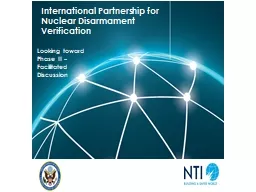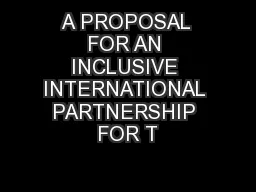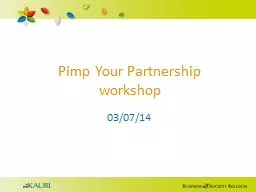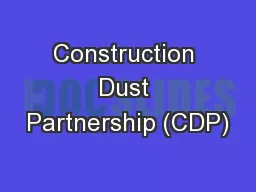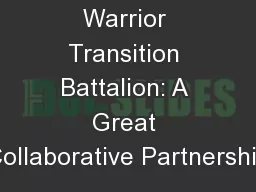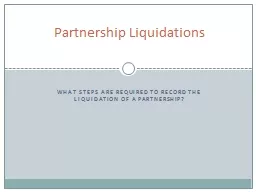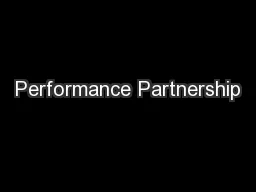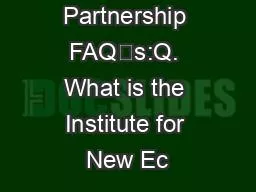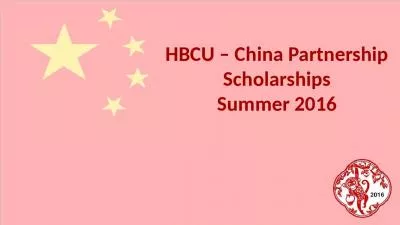PPT-International Partnership for
Author : tatiana-dople | Published Date : 2020-01-18
International Partnership for Nuclear Disarmament Verification Looking toward Phase II Facilitated Discussion Take a quick look ahead at some of the questions and
Presentation Embed Code
Download Presentation
Download Presentation The PPT/PDF document "International Partnership for" is the property of its rightful owner. Permission is granted to download and print the materials on this website for personal, non-commercial use only, and to display it on your personal computer provided you do not modify the materials and that you retain all copyright notices contained in the materials. By downloading content from our website, you accept the terms of this agreement.
International Partnership for: Transcript
Download Rules Of Document
"International Partnership for"The content belongs to its owner. You may download and print it for personal use, without modification, and keep all copyright notices. By downloading, you agree to these terms.
Related Documents

